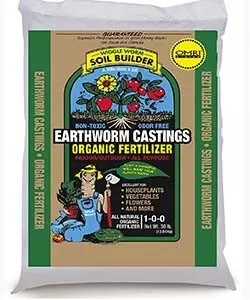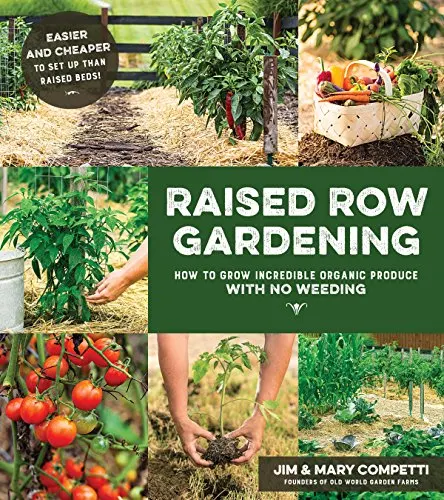Planting day is getting closer – and we thought it was a great time to start thinking about that glorious day with a look at our ultimate vegetable garden planting guide.
It is hard to beat the excitement of planting day for a garden enthusiast.
The smell of fresh dirt. The feel of the warm sunlight basking down as you plant. And, of course, the wonderful thoughts of a great harvest to come.
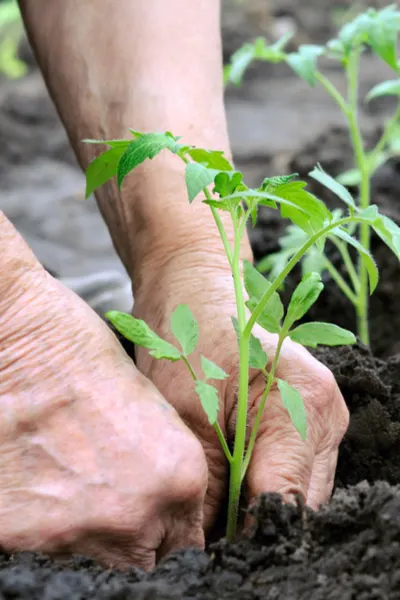
But having that great harvest later in the summer all begins with getting plants off to a great start on planting day.
Below are some of our all-time top tips for planting day success.
The Ultimate Vegetable Planting Day Guide – How To Plant For Success!
Create The Perfect Planting Hole With Ease
Success in the garden begins with creating a perfect planting hole for transplants.
And it can be accomplished with a classic old-school tool, an ordinary post hole digger.
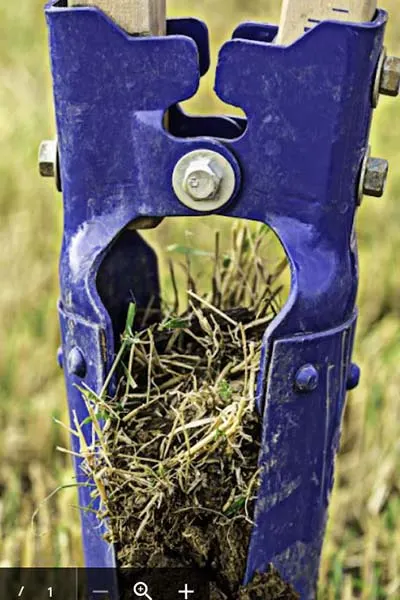
A post hole digger quickly carves out beautiful 8″ to 10” deep planting holes.
Planting holes that are wide and deep enough to accommodate any transplant. And, more importantly, provide plenty of space to add a little something extra for your plants!
Adding Power To Your Planting Holes
Too many folks simply dig a hole on planting day, stick their plants in the ground, and wish for the best.
But planting day is the perfect day to add power to your plants. Long-lasting power and nutrients that will take your plants to new heights.
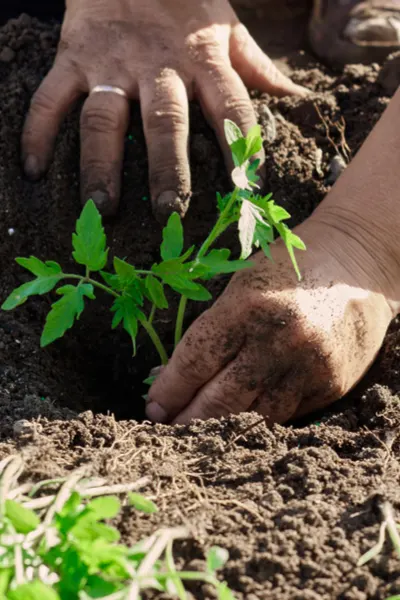
We fill all of our post hole made planting holes back in with a mix of compost, coffee grounds, crushed egg shells – and our secret power house – worm castings!
Along with the soil mixed back in, we use about a cup of compost, 1/4 cup of worm castings, 2 tablespoons of coffee grounds, and a few crushed egg shells for each hole.
This nutrient-filled soil mix provides a perfect, power packed, slow-release supply of nutrients to plants.
The compost, coffee grounds and worm castings are all great sources of nitrogen. And the crushed egg shells help add back calcium, which is a much-needed nutrient for tomatoes and pepper plants.
So don’t just plant this year – plant with power!
Mulching Vegetable Plants – Keeping Plants Protected
Mulching vegetable plants is one of the best ways to keep plants healthy and weed-free.
Mulch keeps out competing weeds, and helps to insulate the root zone of plants from temperature swings.
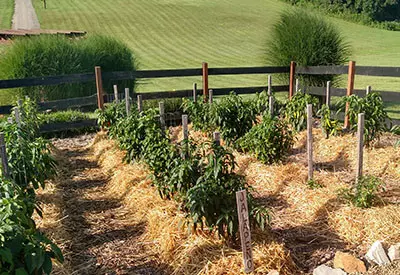
We use two layers of mulch. First, we add in a layer of compost, creating a 1″ to 2″ thick mulch about 8″ around the base of each plant.
The compost acts as a slow release fertilizer, leaching in nutrients to the soil every time it rains or we water.
Finally, we add a 4″ layer of straw on top to help keep out weed seeds and insulate the soil.
The combination works perfectly to reduce both weeding and watering chores all summer long.
A The Vegetable Garden Planting Guide Key – Companion Planting!
What you plant where can make a big difference in your garden.
Some vegetable plants do well when planted near others. While others can actually be harmed. Knowing the basics can go a long way towards a healthy garden.
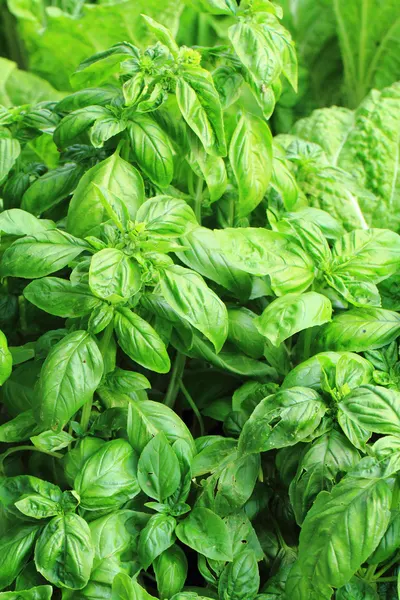
For instance, tomatoes do well when planted around peppers, cabbage, carrots and basil. And peppers do well near all of those as well.
But, avoid planting either near potatoes. Why? When planted near each other, tomatoes can make the potatoes more susceptible to potato blight – and potatoes can have the same negative effect on tomatoes
For a more in-depth look at companion planting – check out Companion Planting Basics.
So there you have it! Our vegetable garden planting guide top tips and tricks to help get your garden off to a great start this year.
For a complete in-depth look on low-maintenance gardening, be sure to check out our book, Raised Row Gardening. With full companion planting, crop rotation and vegetable planting guides, you will be more than ready for garden season!
Happy Gardening – Jim and Mary.
Jim and Mary Competti have been writing gardening, DIY and recipe articles and books for over 15 years from their 46 acre Ohio farm. The two are frequent speakers on all things gardening and love to travel in their spare time.
As always, feel free to email us at thefarm@owgarden.com with comments, questions, or to simply say hello! You can sign up for our free email list in the subscribe now box in the middle of this article. Follow us on Facebook here : OWG Facebook. This article may contain affiliate links.

